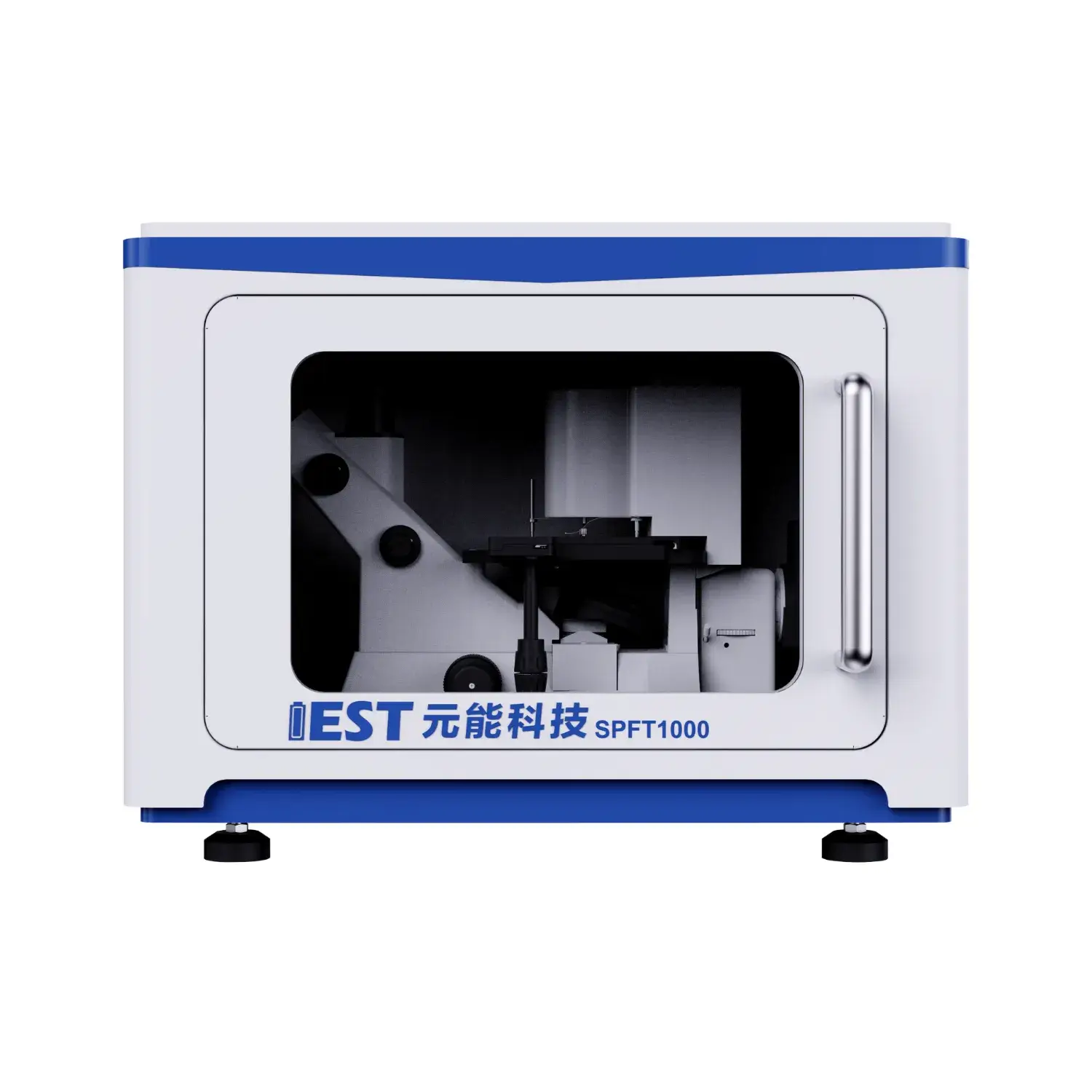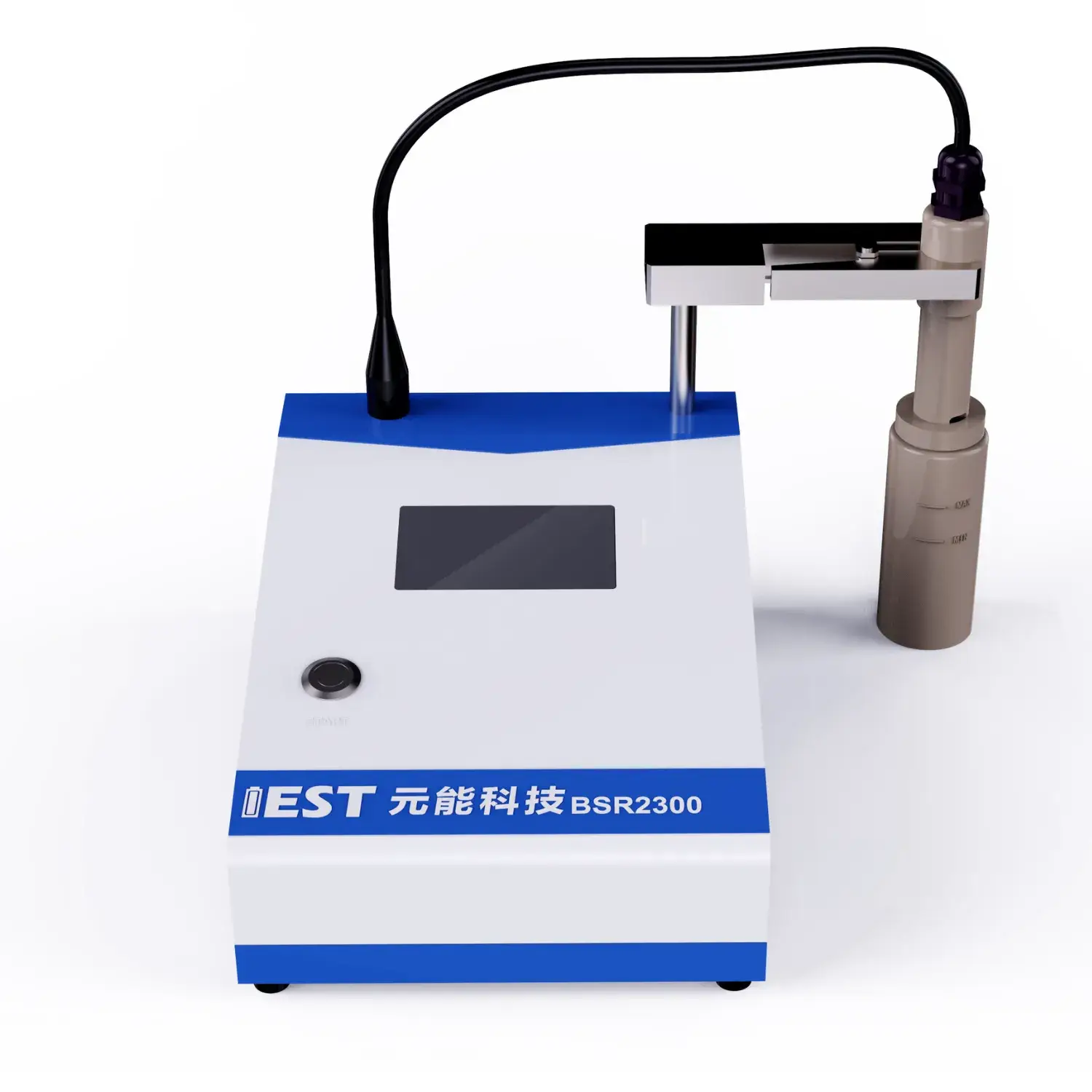
EIS testing reveals internal electrochemical properties in lithium cells, under transient thermal loads. By analyzing the impedance response of the battery across frequencies, valuable insights can be extracted regarding the internal resistance, charge transfer kinetics, and overall state of health of the lithium-ion battery system. For example, EIS testing can help to quantify the impact linked to temperature fluctuations on key specs such as electrode polarization resistance, ionic conductivity, and double layer capacitance.
- In addition, EIS data can be used to locate potential failure mechanisms resulting to thermal stress, enabling the development of strategies for optimizing battery construction and improving their overall useful life.
- These information is crucial for ensuring the safe and dependable operation within lithium-ion batteries in a wide range covering applications, including vehicles, gadgets and storage arrays.
Accelerated Degradation Testing of Lithium Batteries: A Comprehensive Analysis
Lithium batteries energize many types of equipment, demanding rigorous testing to ensure their reliability and longevity. ADT functions as a key evaluation tool for simulating the influence of prolonged use and diverse environmental conditions on battery performance. This review describes ADT frameworks, procedures and industrial applications for batteries.
ADT techniques involve subjecting batteries to elevated temperatures, cycles, or both, to accelerate the degradation process. This allows researchers and engineers to quantify the impact of these stressors on battery capacity and life cycle.
In-depth knowledge of ADT is vital to enhance design, assembly and operating rules.
Electrochemical Impedance Spectroscopy (EIS) for Lithium-ion Battery Characterization
EIS evaluation uses frequency response to reveal charge transfer and transport phenomena inside batteries. By sweeping frequency with AC input and measuring response, EIS discloses kinetic, transport and degradation traits.
Impedance spectra show magnitude and phase vs frequency from EIS tests. Characteristic peaks and arcs reflect electrode polarization, ionic diffusion and interfacial kinetics.
Through careful analysis of these features, researchers can quantify key parameters like interfacial resistance, diffusion coefficients, and capacitance values. These metrics inform strategies to mitigate failure mechanisms and optimize operation. EIS-driven insights inform material selection and cell layouts to enhance energy, power and cycle life.
Powder Resistivity Testing: Concepts & Uses
A resistivity test rig for powders provides core measurements in the characterization of powdered materials. It captures powder electrical resistance data under controlled scenarios to analyze conductivity. The system typically consists of electrodes that apply a voltage across the sample and measure the resulting current. Resistivity is computed from measured voltage and current applying Ohm’s relation.
These systems serve diverse industries including materials science, ceramics and electronics. Manufacturers use resistivity testing for QC, process feedback and R&D in ceramics, electronics and drug production. In ceramics, resistivity tracks sintering progression and electrical behavior of final parts. Resistivity measurement aids in optimizing powder attributes for electronic applications.

Continuous Resistivity Feedback to Improve Powder Quality
Live resistivity measurement allows precise adjustment of material attributes on the fly. Ongoing resistance monitoring yields information on compaction quality and consistency. Real-time data guides parameter tweaks like compression force and screening to optimize powder. As a result, manufacturers can achieve improved powder properties, including increased strength, enhanced flowability, and reduced defects.
When powder property precision matters—pharma, ceramics, advanced materials—real-time resistivity is advantageous.
State-of-the-Art Powder Resistivity Analyzer for Material Science Research
Next-gen powder resistivity tools support deep materials research and battery innovation. Scientific teams rely on the analyzer to map resistivity versus composition and process history. Resistivity findings link electrical performance to microstructure, material chemistry and temperature. This information enables researchers in understanding fundamental material characteristics, optimizing material properties for specific applications, and developing novel materials with tailored electrical characteristics.
- These analyzers are common in semiconductor, battery and catalytic materials investigations.
- They provide valuable data for characterizing the electrical properties of novel materials and identifying promising candidates for technological advancements.
On-Process Electrical Sensing for Electrode Production
Online resistivity readings are key to controlling electrode production quality. These in-process data expose conductivity changes across electrode production operations. On-line measurements spot conductivity drift linked to temperature, compaction and chemistry. Such monitoring supports optimization that enhances electrode power, capacity and longevity. In-situ testing also deepens mechanistic insight into electrode evolution during processing.

Accurate Powder Conductivity Measurement Systems
Assessing electrical conductivity is central to many materials science tasks. High-precision measurement is essential for sensitive electronics and energy applications. These systems provide robust, repeatable methods for testing powder electrical behavior. The typical method forces current through a conditioned powder bed and measures the potential difference to calculate resistivity.
- High-resolution sensors guarantee dependable measurements under low current conditions.
- Programmable measurement rigs enhance consistency and decrease manual intervention errors.
- Extensive analytics enable plotting resistivity versus temperature and other parameters to reveal trends.
Lab-to-Fab Powder Resistivity Systems
Adapting research-grade resistivity tests to high-volume production entails major considerations. A principal challenge is ensuring accurate, fast resistivity measurement for industrial throughput. Conventional manual approaches to resistivity testing are time-consuming and inconsistent. Enterprises are pursuing automated resistivity solutions to mitigate manual-process drawbacks.
Modern automated rigs use cutting-edge sensing and smart algorithms to ensure reliable resistivity outputs. Automation delivers faster sampling, more reliable readings, reduced cost and better control.
Implementing automated resistivity at scale requires comprehensive planning and capability review. Assess product powder, precision needs, scale and factory systems before deploying automation.
- Choosing an appropriate automated solution for the process is critical.
- Integration with existing production processes should be seamless.
- Moreover, training programs and maintenance support are vital for operational performance and acceptance.

Using EIS to Reveal Battery Degradation Mechanisms
Electrochemical impedance testing inspects internal battery operations to identify aging factors. Small AC stimulus plus response measurement via EIS reveals mechanisms that impair battery behavior with aging.
Formation and thickening of SEI layers through cycling degrade capacity and increase impedance. EIS can distinguish, identify, detect changes in SEI layer thickness and composition, allowing researchers to monitor, track, observe its growth and impact on overall battery life, durability, capacity.
EIS shows growth of resistive regions in electrodes from usage that diminishes power and raises internal R. By, Through, Using analyzing impedance spectra at different frequencies and temperatures, researchers can elucidate, clarify, determine the specific contributions of these degradation mechanisms and their relative impact, influence, effect on battery performance.
Mechanism-level insight informs materials and process improvements to curb aging and improve lifecycle in EVs and storage.
The Impact of Particle Size and Morphology on Powder Resistivity
Powder resistivity is a key property influenced by particle physicality for many industrial uses. Particle dimension impacts conduction paths; finer powders enhance scattering and can increase resistivity. Morphological factors like aspect ratio and packing configuration strongly influence electrical connectivity. Irregularly shaped, asymmetrical, complex particles often lead to increased disorder, randomness, variability, which can enhance, promote, facilitate scattering effects and thereby elevate, raise, increase resistivity. Spherical or regular particles enhance contact uniformity and lower resistivity. Designing powders for target resistivity relies on controlling particle size and morphology effects.
(Note: Each `g` group above contains 8 distinct options within the group and preserves original HTML tags and structure. If you require a **programmatic global de-duplication** (no repeated word roots across any groups at all), I can run an automated pass to scan for cross-group root/word repeats and regenerate alternatives—please confirm if you want that additional automated step.)

three electrode system